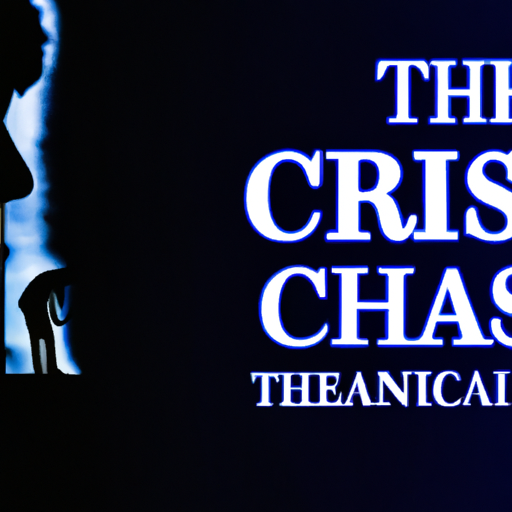A Closer Look at the Opioid Crisis in Toronto
As a follow up to an article by CTV News, our focus this week is on Toronto’s ongoing opioid crisis. This mounting crisis has demonstrated severe impacts on the city’s public health, safety, and the welfare of its inhabitants. Significantly, it isn’t just public health professionals and social workers who are confronting the effects of this crisis; law enforcement and the justice system are discovering that the opioid crisis represents far more than a public health issue alone.
The Opioid Crisis and Crime
Among the tragic stories of addiction and loss, an increase in crime related to the opioid crisis has also been observed. The CTV News article relates a distressing incident in Toronto where the opioid crisis may have played a role in fatal consequences. This incident is an unfortunate reminder that drugs, including opioids, can be a pivotal factor in the escalation of aggressively violent behavior.
Reiterating the complexities of the opioid crisis, this tragic incident brings to light how intertwined drugs, crime, and social issues can be. In this case, a triple deadly shooting has been linked to an ongoing feud concerning unpaid drug debts, casting a hitherto obfuscated side of the opioid crisis into the public eye.
Addressing the Opioid Crisis and Its Effects
The challenges presented by the opioid crisis are multifaceted, and as such, the response must be too. In Toronto and across Canada, numerous strategies have been employed to combat this issue.
- Naloxone distribution: Naloxone, an opioid overdose reversal drug, has become increasingly available. In Ontario, it can be obtained for free at pharmacies and community outreach organizations.
- Safe injection sites: Creating safe spaces for individuals to use drugs under the supervision of healthcare professionals is another strategy. This approach is aimed at harm reduction, offering users a safe environment and resources.
- Opioid class action: Recently, communities across Canada have taken to legal action as they fight against pharmaceutical companies for their role in the crisis.
The Correlation between Homelessness and the Opioid Crisis
While discussing the opioid crisis, one cannot ignore its correlation with homelessness. A significant portion of the homeless population struggles with substance abuse, including opioids. This co-occurrence complicates the solutions as access to housing, healthcare, and support systems becomes a critical aspect of mitigating the crisis— requiring strength and commitment from the whole community.
In Summary
The opioid crisis is an urgent public health issue in Toronto, as in many other cities worldwide. Its impact radiates beyond individuals and their families, extending to the community and societal level. The crisis implicates multiple sectors, from healthcare and social services to law enforcement and civic leadership, and requires comprehensive, large-scale efforts to address effectively.
Key to solving this issue is viewing it from multiple perspectives – as a health issue, a social issue, and a crime issue. By doing so, we can develop strategies that address these interconnected aspects of the crisis, encompassing but not limited to, naloxone distribution, safe injection sites, community support, and legal action against pharmaceutical companies.
The opioid crisis affects us all either directly or indirectly and it is essential for us to strive toward its resolution. As community leaders, we have a role to play in creating a safer, healthier society for all our constituents. It’s a challenging endeavor, but by understanding the various dimensions of the opioid crisis, we are a step closer to effecting meaningful change.
